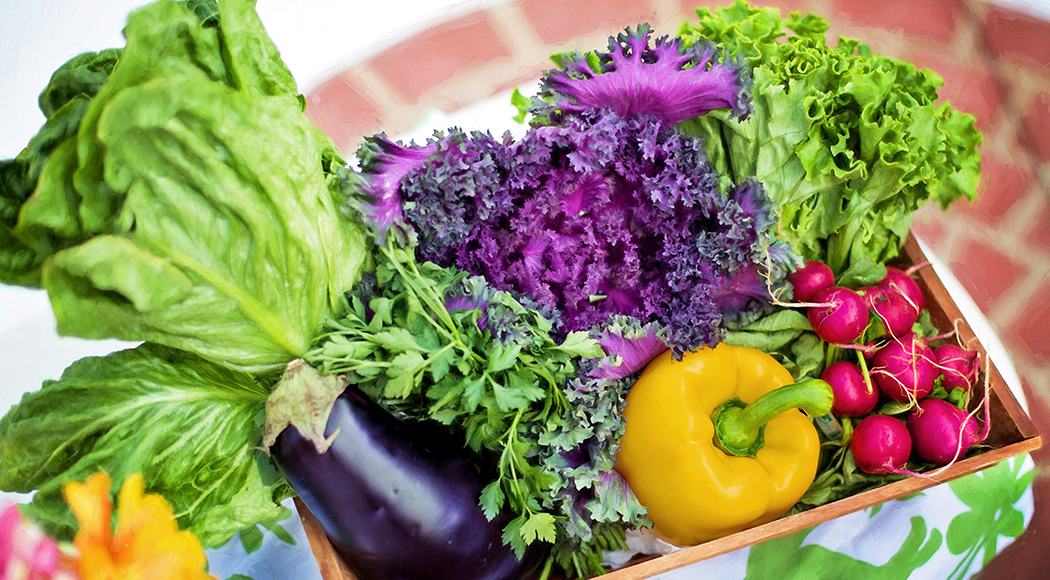The heat is on, and who wants to be out in the garden in August? No takers? Even though it’s hot, fresh beans are still possible from a late summer garden. So is sweet corn, tomatoes, parsley, broccoli, beets, carrots, cucumbers, eggplants, peppers and the list goes on and on! This is the perfect time to start a late summer veggie garden or refresh the one you started in spring.
Yes, it is hot outside, but 30 minutes isn’t going to make you melt. Spend a few days for this project, and I guarantee you will love the results when you have hand-picked produce on your table! Let’s get started.
• If you previously started a garden, clean it out. Till the soil and remove all debris and dying veggie plants. If the tomatoes are still producing, let them be. Once the soil is cleared and turned, add a layer of organic fertilizer and topsoil. Now, add a thin layer of grass clippings or fine mulch. This will help hold moisture in when the heat is intense.
• If this is a new garden, follow the previous directions, but be sure the space gets ample sunlight, at least half a day, and that the soil drains well. If planting pumpkin seeds, leave a lot of ground area for the vine to grow and spread out. Tomatoes do best when surrounded with a wire cage.
• Decide what to grow. Corn seeds and bean seeds can be sown in the same hole. When the bean plant starts to grow, train it to grow up on the corn stalk. This will save space and produce two for one! Peppers and okra can now be started outside from seeds. They like a cool spell to produce fruit. You can also try seeds of tomatoes and cucumbers. These plants should mature and bear their fruits way before first frost. Beets and carrots are also good options for the late summer garden.
• Organize their plots in rows and plant marigolds or geraniums nearby to attract the insects that may plague your veggie garden.
• Do a little research online to find your garden’s best options and the amount of room needed for proper growth. Remember we have a very late first frost date, so most of these crops will flourish until then.
• Water while the heat is on and make sure the area is draining well. At the first sign of an insect infestation, spray the area with biodegradable soap!
After a few days work, you should be able to sit back and watch your efforts turn into a sweet fall harvest for your table!
Email your gardening questions to Lisa at shakeslyons@aol.com.






